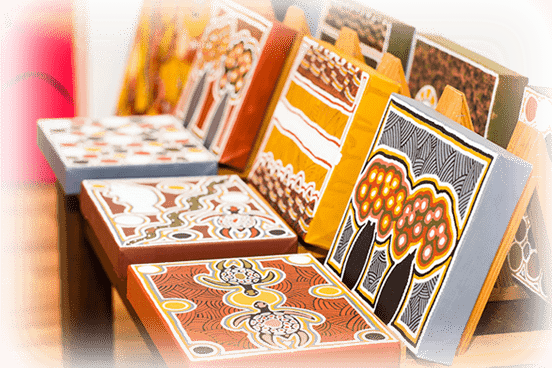
FREE WORLDWIDE SHIPPING

100% MONEYBACK GUARANTEE

LAYBY & PAY LATER PAYMENT OPTIONS
Current local time at Gallery
-
Mon - Fri: 9:00AM - 4:00PMOpening Hours
Saturday: 9:00AM - 12:00PM
Sunday: Closed -
Call Us!
1300 362 551
+61 8 9168 1881
700 FIVE STAR REVIEWS ON GOOGLE, FACEBOOK & TRIPADVISOR!
Welcome to Artlandish Aboriginal Art Gallery
Thank you for visiting Artlandish Gallery online! Artlandish is one of the world’s largest art galleries that specialise in Indigenous art from Australia. We’re based in Kununurra, gateway to the magnificent Kimberley region in the northern part of Western Australia.
We’ve worked with hundreds of amazing Indigenous artists promoting their artworks both online and in the gallery since 2001.
We showcase artworks from all major regions throughout Australia including:
- Kalumburu with depictions of the mystical Rock Art figures.
- Ochre artworks from Kununurra, Warmun and throughout the Kimberley.
- Amazing Cross-hatching (Rarrk) designs and x-ray paintings from the Northern Territory, in particular Arnhem Land.
- Acrylic works from Central and Western Desert communities.
- Numerous smaller communities and regions across Australia.
Please have a look around and don’t hesitate to contact us if you have any questions or we can assist in any way. Enjoy!
How Artworks are sent
All ochre artworks are delivered stretched on canvas unless stated otherwise and all acrylic artworks are delivered un-stretched on canvas unless stated otherwise.
How to search for artworks
You can browse by price, art just arrived, collectable pieces, artworks on sale, medicine leaves designs as well as by region / style including the Kimberley (ochre artworks), central & western desert (acrylic artworks) and the top end.
Additionally, you can search by artist via the menu found at the top of every page or via the drop down menu on the home page and in the sidebar of many others. Finally there are general search boxes where you can search for any artwork or artists by entering keywords into the search box.
Information on paintings: Browse the different categories for detailed information on the paintings including the name, artist, price and size of the artwork.
Artwork sizes are measured as “Height x Length”. For Example: 100 x 76 cm = 100 cm High by 76 cm Long. cm = centimeter
Shipping: All paintings include free worldwide shipping and insurance!
Provenance: All artworks include details of the artist, a certificate of authenticity and where possible, working photographs and/or a photo of the artist with the artwork.
Currency: The site default currency is Australian dollars (AUD).
Visitors from Australia can view artworks and purchase in Australian Dollars.
Visitors from the United States can view artworks and purchase in U.S. Dollars.
Visitors from the Europe can view artworks and purchase in Euro.
Visitors from the United Kingdom can view artworks and purchase in British Pounds.
Visitors outside these regions will default to purchase in Australian Dollars.
A Brief Introduction To Aboriginal Art
It’s ancient. It’s native. It’s artistic. We are talking about Indigenous Art by the Aboriginal people of Australia of course! 🙂
Aboriginal people migrated to what is now known as Australia approximately 60,000 years ago and brought with them their rich culture, spiritual beliefs and their art. According to the 2021 Census, there are 984,000 who identify as Aboriginal and Torres Strait Islander, which is around 3.8% of Australia’s total population.
Aboriginal paintings are a very sacred form of art because they contain so much value and importance to the Indigenous people who paint them. To this day in many cases an artist must be granted permission in order to paint specific stories if that story belongs to another artist or tribe in a particular area, especially if it contains sacred or secretive details.
In addition, if the story was not a part of the artist’s family lineage, they were typically not ever permitted to paint the story. Although this practice does not strictly apply to contemporary artists today, it demonstrates the sacredness of this form of painting.
Aboriginal art is heavily based upon the ancient stories of the Aboriginal people. For example, the stories found in most artistic works, also known as Jukurrpa, are sometimes filled with symbols of ‘the Dreamtime’ period, which represents the creation of the world. These stories date back 50,000 years and have travelled their way through many generations.
Visual art has been used by the Aboriginal people to teach. The symbols in the painting are also interpreted differently depending upon who is teaching and the area that they are from. The story behind the same exact painting can actually have a more in-depth explanation when being told to an elder versus a young child. While a story may have a heavy emphasis on education and behaviour when being told to child, it can on the other hand, also have an emphasis on moral value when told to an adult.
Since early Indigenous people did not have a formal written language, paintings were their written language, and it also contained their history. The visual art portion of Aboriginal art includes rock art, bark paintings, body decorations, wood sculptures and sand sculptures. The paintings you could say are comparable to an encyclopedia that is filled with the rich history and details of the people.
More About Artlandish Gallery
In the heart of Australia’s art scene, Artlandish Aboriginal Art Gallery stands as a beacon of cultural richness, showcasing a stunning array of Aboriginal artworks. This renowned gallery, located in the Kimberley region of Western Australia, offers art enthusiasts around the world the opportunity to explore and purchase authentic Aboriginal art online. With a focus on traditional and contemporary Aboriginal paintings, Artlandish is not just a gallery; it’s a gateway to the ancient stories and traditions of Australia’s Indigenous peoples.
At Artlandish, the diversity of Aboriginal artworks is nothing short of breathtaking. Each piece tells a unique story, rooted in the Dreamtime and conveyed through intricate patterns and vibrant colours. The gallery prides itself on its extensive collection, which features works from over 80 Aboriginal artists. This rich variety ensures that every visitor, whether in person or browsing through Aboriginal art online, will find something that resonates with their aesthetic and spiritual sensibilities.
What sets Artlandish Aboriginal Art Gallery apart is its commitment to authenticity and ethical practices. When you explore Aboriginal paintings on their user-friendly online platform, you’re not just viewing art; you’re getting a glimpse into the soul of the world’s oldest living culture. Each artwork comes with detailed information about the artist and the story behind the painting, offering a deeper understanding and connection to the art piece.
Purchasing Aboriginal art online from Artlandish is more than just acquiring a beautiful object. It’s an act of support for the Indigenous art community. The gallery ensures excellent remuneration for its artists, contributing to the sustainability and growth of Aboriginal communities. This ethical approach not only enhances the value of each piece but also aligns with the gallery’s mission to promote and preserve Aboriginal art and culture.
For art lovers and collectors worldwide, Artlandish Aboriginal Art Gallery presents an unparalleled opportunity. Whether you’re drawn to the timeless appeal of traditional Aboriginal paintings or the innovative expressions of contemporary Indigenous artists, Artlandish offers a curated selection that caters to all tastes. Their online platform makes exploring and purchasing Aboriginal artworks effortless, bringing the beauty of Aboriginal art to a global audience.
Artlandish is more than just a destination for Aboriginal art enthusiasts; it’s a vibrant cultural hub that celebrates and honours the rich heritage of Australia’s Indigenous communities. Through their extensive collection of Aboriginal paintings and their commitment to ethical practices, Artlandish offers a unique and enriching experience for anyone interested in exploring the profound beauty of Aboriginal artworks.



Artlandish is a member of the Aboriginal Art Association of Australia (AAAA) and an original signatory of the Indigenous Art Code.
Members must comply with a strict code of conduct designed to protect both artists and consumers and promote the ethical sale of Aboriginal Art
















